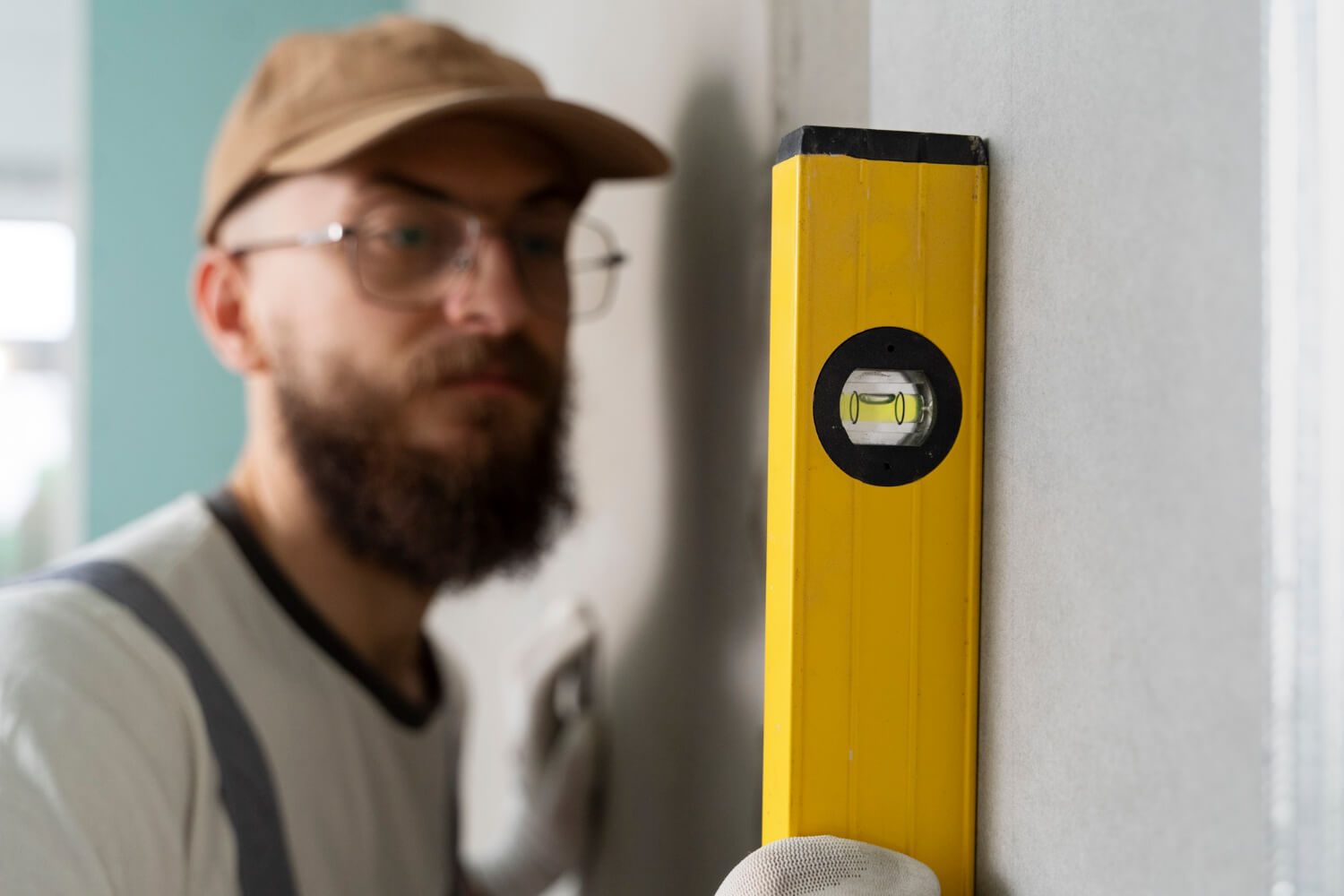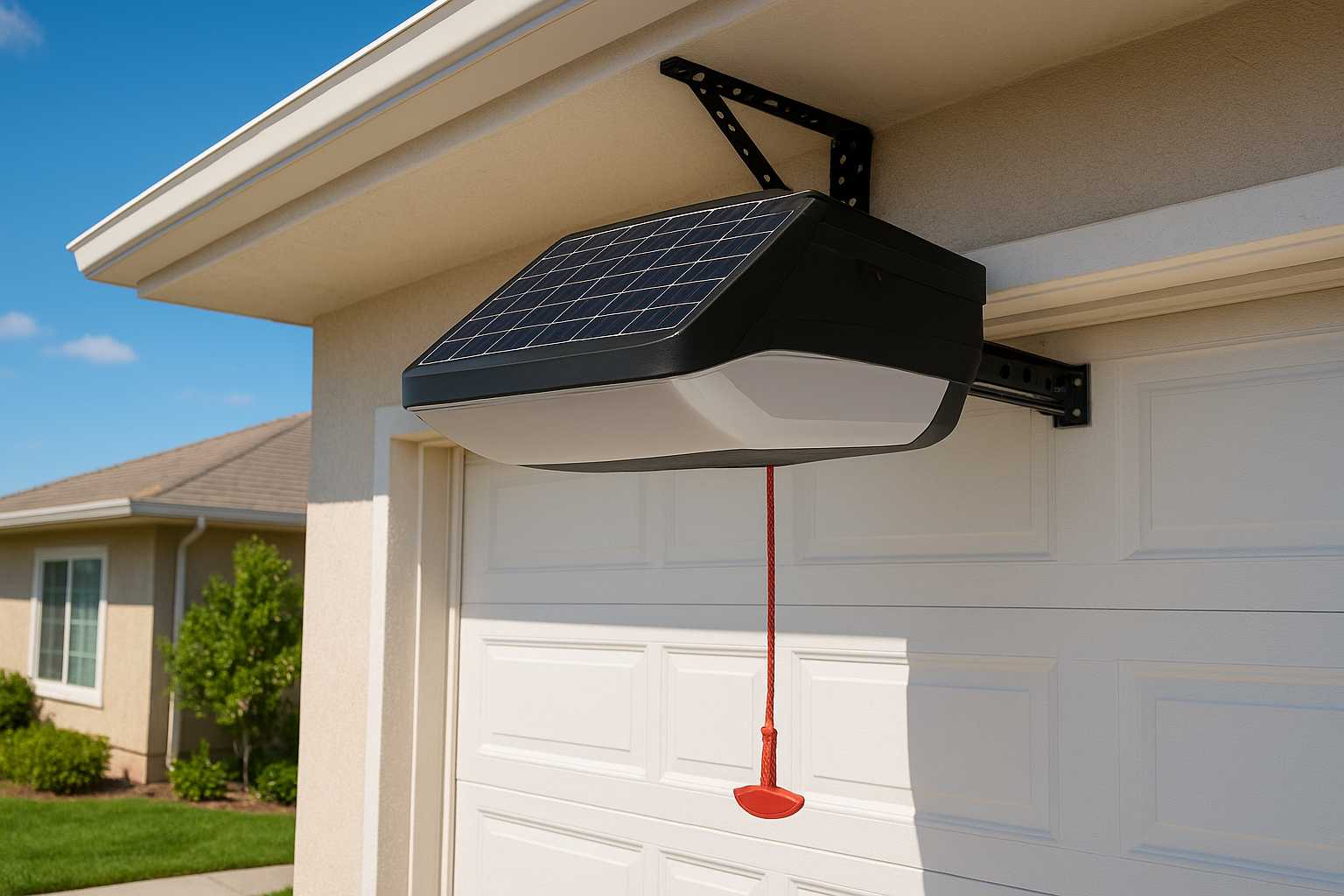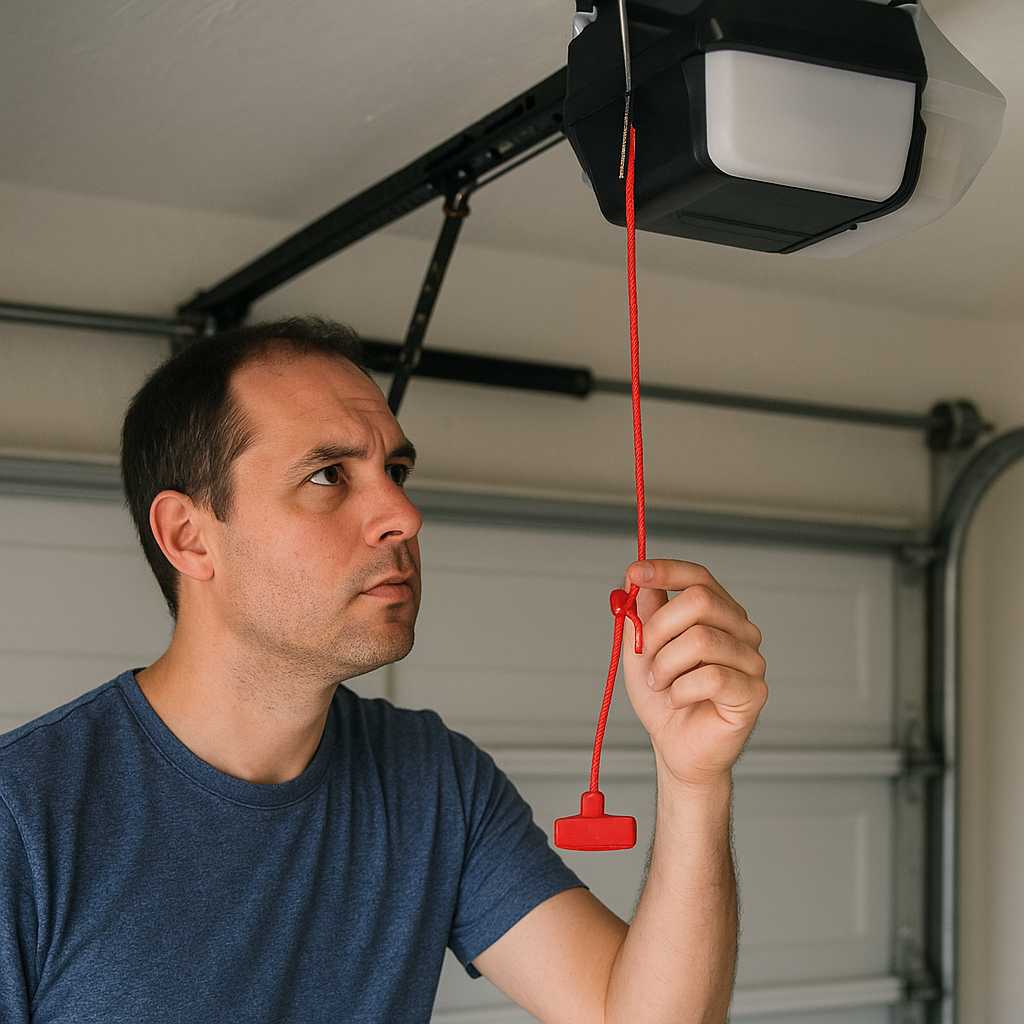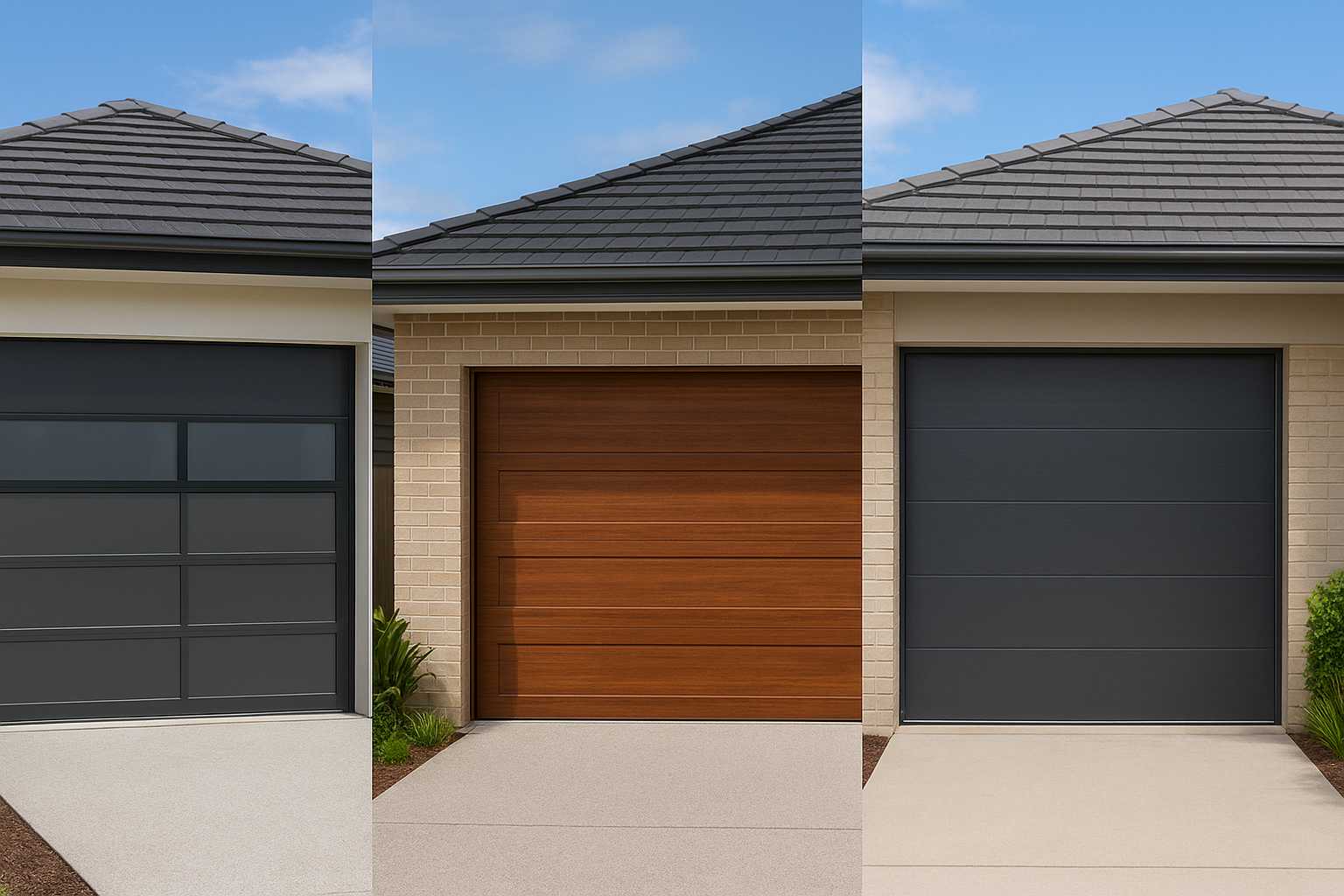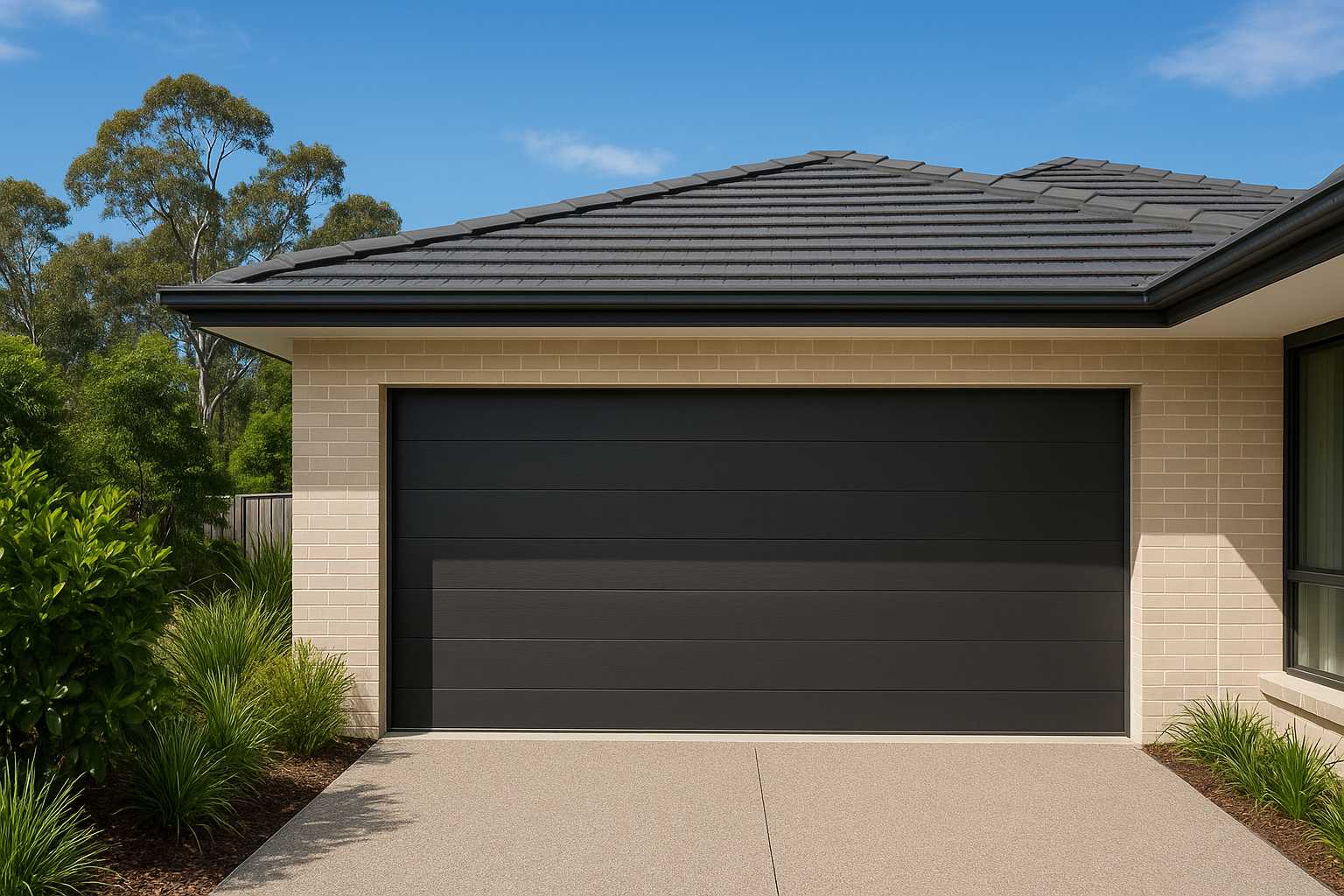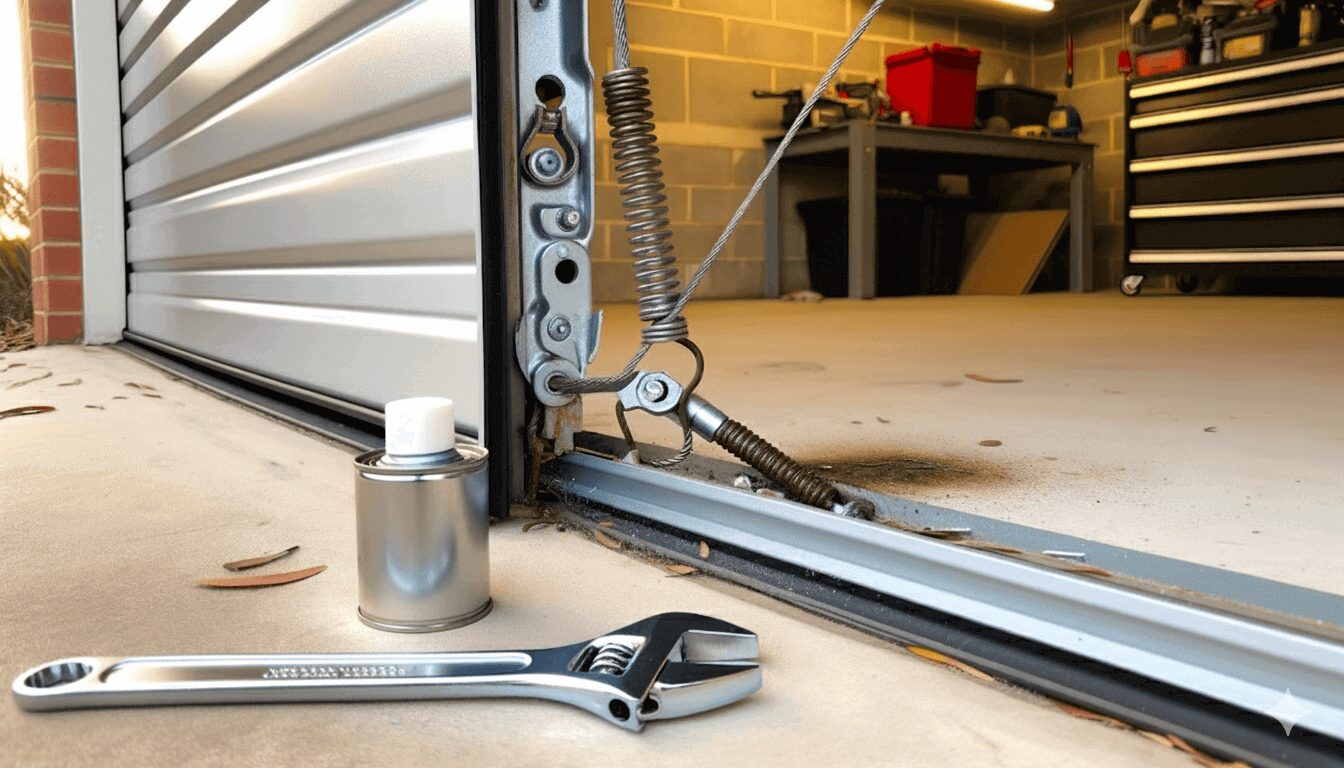G’day, mate! Ever been stuck with a garage door that just won’t budge, or worse, one that decides to reverse unexpectedly? Let’s face it, dealing with a faulty garage door is never on anyone’s weekend to-do list. Today, we’re diving into the world of garage door sensors – those sneaky little devices that save our toes from becoming garage door jam – and what you can do when they start playing up.
The Basics of Garage Door Sensors
Garage door sensors, mate, are bread and butter for any modern garage door system. These sensors primarily focus on preventing the door from squishing things it shouldn’t – be it your trusty ute, Rufus the dog, or a wayward foot. Let’s suss out the different types of sensors and how they pitch in to keep the peace in your garage.
Types of Garage Door Sensors
Safety Sensors
Safety sensors, commonly known as photoelectric sensors, are your garage door’s eyes. They fire off an invisible beam from one sensor to another on either side of your garage door, usually about six inches off the ground. If anything breaks this beam – bam – your garage door stops and reverses direction. Handy, eh?
Pressure Sensors
Next up, we have pressure sensors, installed along the bottom edge of the door. Feel something? These sensors stop the door in its tracks and send it running in the opposite direction. They’re your first line of defence against any blokes or objects getting squashed under the weight of your garage door.
Monitoring and CO2 Sensors
For those go-getters with multiple garage doors or concerns about CO2 levels, there are monitoring sensors and CO2 sensors. The former keeps you posted if your garage door’s been left open and can integrate with your home security, while the latter acts when CO2 levels shoot up in your garage. Though not as common, CO2 sensors are all about safety first.
How These Sensors Work
Photoelectric Sensors
These sensors rely on infrared beams between two units. The garage door will only close if the beam is clear as day. Break the beam mid-cycle, and up goes the door to prevent an incident.
Mechanical Sensors
Less common but worth a mention, mechanical sensors sense resistance when the door closes. They’ve mostly been phased out for photoelectric sensors, but if you stumble across one, you’ll know why they set the standard for garage safety back in the day.
Installation and Maintenance: Better Safe Than Sorry
Installation
To get these bad boys installed right, photoelectric sensors should sit no more than 6 inches off the ground and no more than 20 feet apart. A tidy setup ensures they work properly and don’t go haywire.
Maintenance
It’s more than just setting and forgetting, mate. Regular maintenance is key. Give the lens a clean from time to time and ensure they’re aligned. Misalignment or dirt build-up can leave you with a freestanding door.
Common Sensor Issues and DIY Fixes
Even with the best setup, sensors can act up. Let’s cover some common hiccups and how to get them sorted out.
Misalignment
If the door won’t close, a quick look at the sensor alignment can save you heaps of hassle. Get them straight so the indicator lights are steady – no blinking allowed!
Dirt Accumulation
It only takes a smidge of grime to mess with the sensors. A soft cloth should do the trick; wipe those lenses clean and keep your safety beam free and clear.
Electrical Faults and Interference
Suss out for any electrical issues or dodgy wiring. Sometimes it’s just a bit of frayed wire mucking things up. Also, check there’s nothing blocking the signal that’s not supposed to – electronic interference can be a right pain.
Testing Your Sensors
You can test the sensors by placing something in their path. The door should reverse when it hits the object. If not, it might be time for a replacement or a chat with the pros.
When to Call in the Cavalry
Even the best of us can’t fix every issue that comes our way. If your troubleshooting efforts go pear-shaped, or if you’re a bit over your head, getting a professional to sweep in might be the go.
Manual Override: In Case It Hits the Fan
Override with the Wall Console
If worse comes to worst, the wall console button can override the sensors and let you shut the door (just remember to hold the button down). It’s a bit of a hack, but better than leaving the door wide open.
Switch to Manual
Most garage doors come equipped with a red cord that disengages the motor. A pull and your door’s back to a manual operation. This is a solid plan B when all else fails.
Legalities and Technicalities
By law, every garage door opener post-1993 must come with safety sensors, aligning with the UL 325 standard. This not only keeps folks safe but gives peace of mind knowing your garage door won’t be a rogue hazard.
Conclusion
Your garage door sensors are champions when it comes to keeping things secure and running smoothly. Understanding them, keeping them in tip-top shape, and knowing when to DIY or call for backup can save you a world of hassle. Don’t let a dodgy garage door sensor put a dent in your day. Cheers to smooth garage door operations!

